The Frontón Madrid is an old sports facility in the middle of Madrid, the capital of Spain, that was built in the 1890s. Decades have passed since it fell out of use and was left abandoned. It has been neglected, but not forgotten, since 1970, except for a few days in 1981 when several scenes for the movie El Crack by José Luis Garci were filmed inside the building. The name Beti Jai translated from Basque means Always Party.
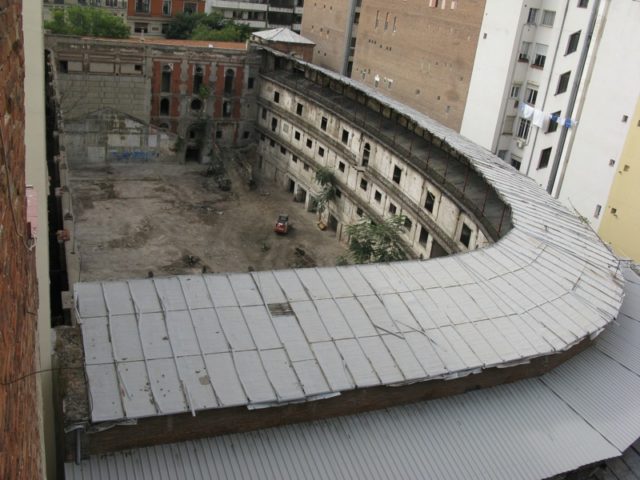
Construction started in 1893. This was the fourth venue of this kind to be built in Madrid, and more were planned as Basque pelota (the sport this venue was mainly built for) was becoming more popular. The design of this peculiar object was done by the architect Joaquin Rucoba. He is known for projecting and supervising many big structures in Málaga, southern Spain, such as the bull fighting arena, the market, and the park of Málaga. In Bilbao, he left his mark with the Consistorial House of Bilbao, as well as other smaller projects.
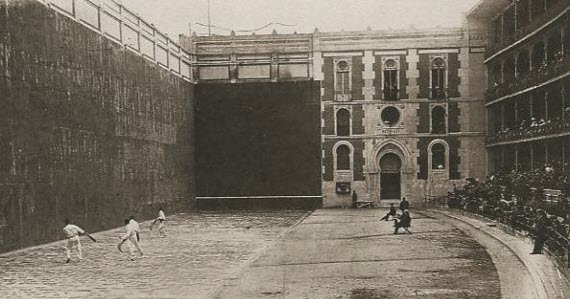
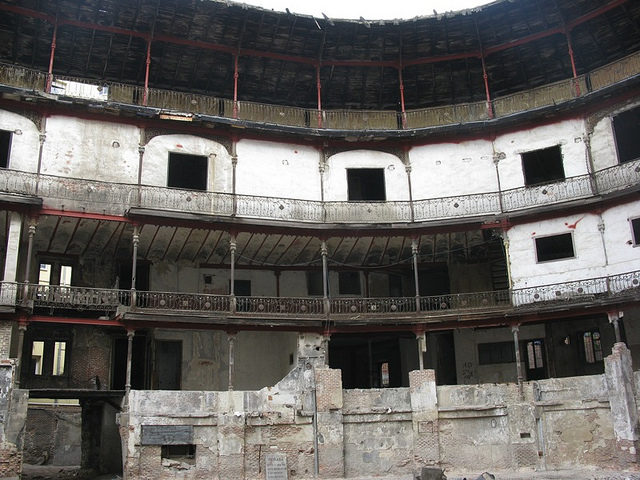
The Basque pelota center known as Frontón Beti Jai was finally finished and officially opened on April 29, 1894. It operated as planned, with many visitors and many teams competing. A sudden stop to the games came with the Spanish Civil War. During that time the sports center was converted into a police station within the first years of the Franco dictatorship. It was a place where also ammunition and weapons were stored, as well as paperwork for intelligence concerning the defense of Madrid. It also served as a rehearsal space for the big marching bands that were connected to the Spanish Falange (fascist party).
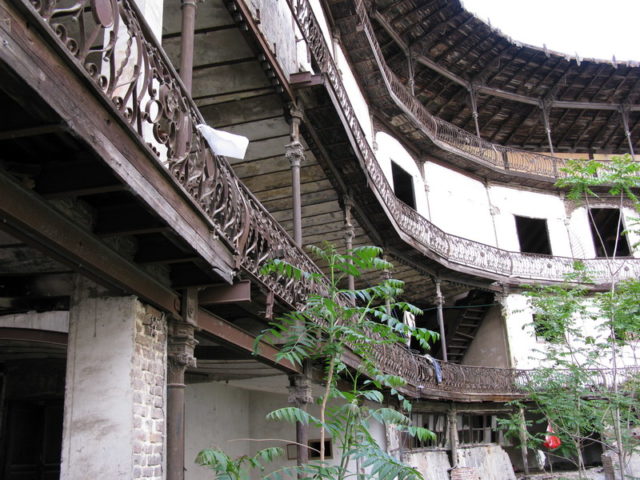
The frontón, located on Marqués de Riscal street in the district of Madrilenian, is easy to spot as it covers an area of 2.6 acres. The building itself unifies several different architectural styles. Most notable is the Eclectic style main facade. On the inside, Neo-Mudéjar style is is represented in many parts of the interior decorations. And of course a proper 19th century building must have cast-iron parts as to show off that it’s part of the industrial revolution times.
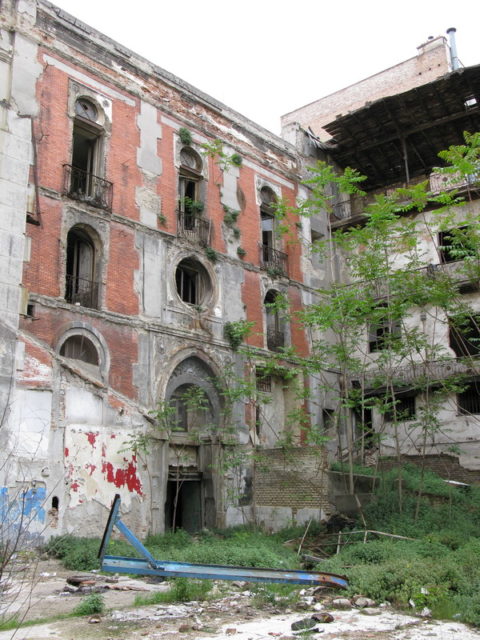
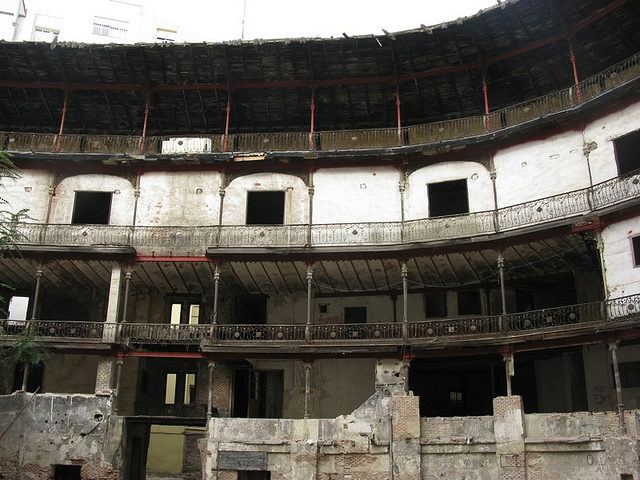
The core of the building is an outdoors field. The field itself is 220 feet (67 meters) long, 65 feet (20 meters) wide and 36 feet (11 meters) high. Around the field are the stands for spectators, and they kind of hug the field from three sides forming a semi elliptical structure. In total, the capacity of the stands can welcome four thousand people divided into four floors, all having balconies with metal and wooden railings connected with stairs. The balconies are supported by many columns and beams of cast iron. On the roofs of the balconies still can be seen preserved remains of frescoes.
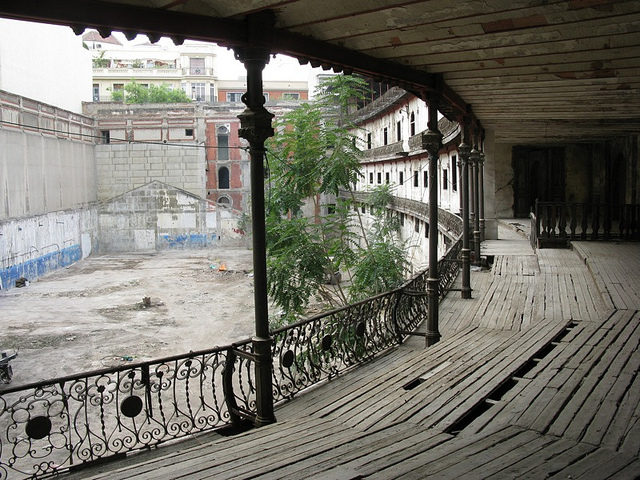
Sometime in the middle of the last century, Frontón Beti Jai was sold to the Citroën motor company and they used it as a repair shop for vehicles. In 1997, it was sold to the Frontón Jai Alai Society for 2.3 million euros. Their initial plans were to resurrect this sporting center to it’s former glory, but those plans failed. After years of campaigning by the community of Madrid, the arena was finally declared an Official Asset of Cultural Interest as a monument in January of 2011, and the Madrid City Council began a process of reconstruction that was completed in 2015.
